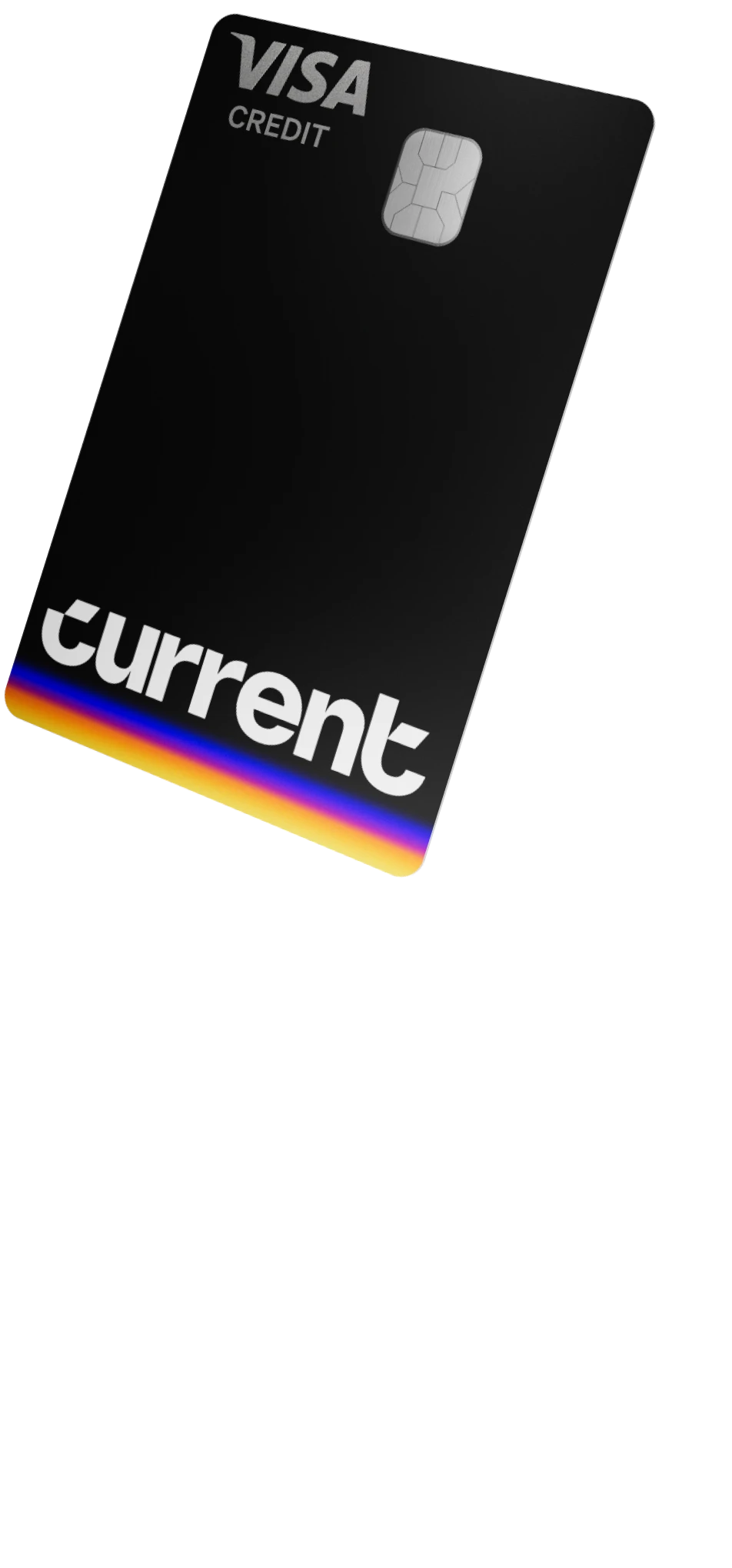Building Your First Savings Plan In 5 Quick Steps

The thought of having and building a savings account and plan is boring and can be easily neglected — but it’s necessary. Too many Americans are one financial setback (i.e. an unexpected car or home repair) away from entering a financial disaster like having to rely on a high interest loan. But with a savings account, you can reduce the odds of that occurring.
But where should you get started? And how much exactly should you have stowed away? Here are five steps to get started with building a savings plan:
How much you should save
We’ve all saved money at one point in our lives — like saving up for a concert ticket or trimming back on eating out for an upcoming trip. But like any aspiration in life, having the end goal in mind can help you get started. And to get started, you should have a goal number in mind.
It’s customary for personal finance experts to recommend three to six months worth of expenses set aside in case of an emergency. In case of unexpected job loss, this can give you enough runway to keep you afloat while you get back on your feet.
So if it costs $3,000 to pay rent and basic expenses, aim to have between $9,000 to $15,000 set aside. If you want a more precise goal for your savings plan, aim in the middle at $12,000 and saving your way there.
Where you should save it
The hot phrase of many financial creators is ‘passive income’ — which is income made with little to no effort. And one of these passive income streams can be created with your savings account through earned interest. This is a bank’s way of rewarding you for keeping your money with them — and Current does exactly that. We pay interest payments on a daily basis, so you can watch your account grow daily.
What’s even better is that you can keep your savings account organized with Current’s Savings Pods, and earn interest along the way.
But keep in mind that interest rates fluctuate as the Federal Reserve (the national bank of the United States) adjusts their rates. But during this time of higher interest rates, it’s a great idea to take advantage of earning easy money while you can.
Determine how you’re going to get there
A goal without a plan isn’t likely to manifest, so after setting your goal, sit down and write out how you plan to get there. It could be tactical decisions like:
- Ask for a raise at work
- Pick up a side hustle or part-time job
- Cut back on unnecessary expenses
- Sell your car and opt for public transportation
- Sell unused items on consignment or apps like Facebook Marketplace or OfferUp
- Consolidate bank accounts
Most importantly, to boost your savings account over time, you should have automatic deposits set up from your spend account to your savings. Psychology tells us that we’re not going to get around to moving money from one account to another, so it’s best to have it scheduled ahead of time.
Even small deposits like $20 per week can make a significant difference over the long term — that’s $1,040 over just one year.
Understand when you need to “break the glass”
There will always be unforeseen circumstances that happen, so just like breaking the glass to a fire extinguisher — it’s okay to dip into your emergency savings when needed. These emergencies could include:
- Car repairs (which are getting even more costly)
- Home repairs
- Medical/dental expenses
- Job loss
- Loss of a loved one
- And any other large unexpected expenses
Whichever you decide are reasons to use part of your savings, be sure to hold yourself accountable to only using that money for that. That vacation, concert or newest phone may be tempting, but executing your savings plan and financial goals will be an over-the-moon feeling of accomplishment and financial peace.
As part of your savings plan, it’s also recommended that if you have to use part of your savings that you do your best to refill that balance afterwards.
Don’t stack your savings, either
If you’re able to reach this point, you’re in a great financial position. But there may be other options worth considering.
Now, we’re sure it feels great to have your savings show an extra digit or two, but you could be using your money to grow your net worth and even strive for financial independence. But if your savings account has grown beyond six months of expenses, you may consider other options like:
- Pay off existing debt like a car loan or credit card debt
- Invest in a retirement account like an IRA
- Contribute more towards your employer-sponsored retirement plan like a 401(k)
(Bonus) Do a regular check-in with yourself
Money isn’t a sprint, it’s a journey. And it’s perfectly normal to sometimes get side tracked along the way. So if you’ve noticed you’re veering off-track, fix what you need to and keep striving towards your financial marks. And if you’re making real progress towards your goals, don’t be afraid to treat yourself too along the way.
When you make your check-in, here are a few questions to ask yourself:
- Am I on track to hit my goals?
- If not, do you need to adjust my goals or get back on track?
- Is what I’m currently doing sustainable to meet my goals?
- If not, how can you rebalance to have balance yet meet your goals?
- Are there areas where I could improve?
- If yes, what is something I can do to keep myself accountable?
Your savings plan, simplified
Saving money shouldn’t be excruciating, but rather an exciting challenge to see how far you can grow. And Current is here to help you build towards your financial future.
We offer competitive interest rates on your savings, an easy-to-use spend account where you can get your paycheck up to two days early and more.
Current is a financial technology company, not a bank. Banking services provided by Choice Financial Group, Member FDIC.





